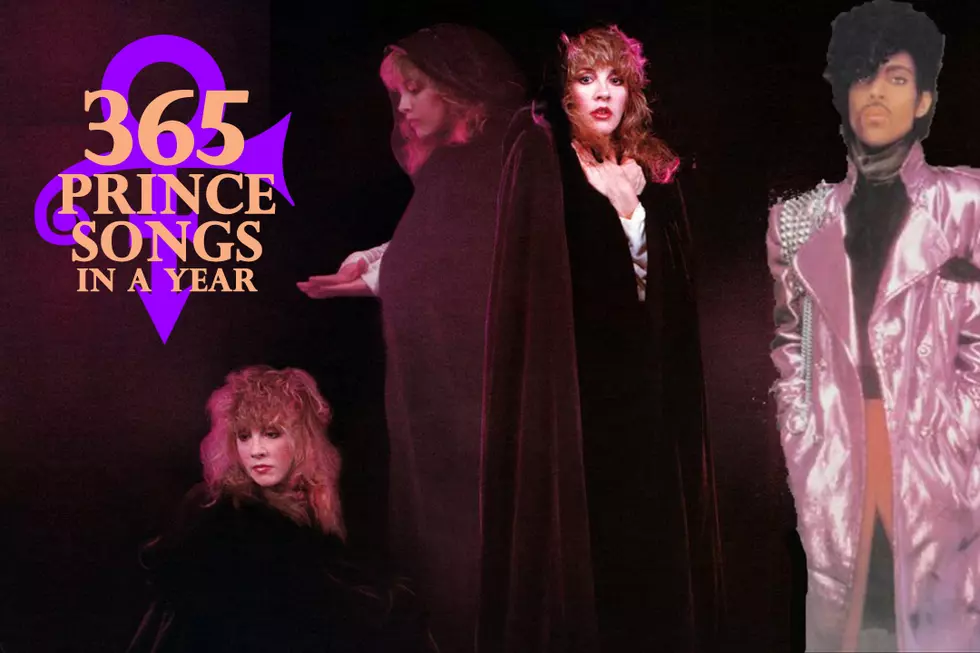Prince Covers (Then Annoys) Radiohead at Coachella: 365 Prince Songs in a Year
Prince’s mercurial temperament was both his greatest asset and his most maddening trait. It’s why he could erase “Wally" before anybody outside the studio could even hear it, and it also explains when he covered Radiohead’s “Creep” during his headlining slot at Coachella on April 26, 2008.
The entire set was somewhat of a head-scratcher. He opened with three hits he wrote for the Time (“The Bird” and “Jungle Love”) and Sheila E. (“The Glamorous Life”), followed by jazz saxophonist Gene Ammons’ funky “Jungle Strut” and three Santana songs. From there it was a working of 10 classics, including “1999,” “Controversy,” “Little Red Corvette,” “Cream” and the recent “Musicology.” But then he went back to covers, tackling the B-52’s (“Rock Lobster”), Radiohead, Sarah McLachlan (“Angel”) and the Beatles (“Come Together”), with his “7” thrown in there. An encore consisted of “Purple Rain” and “Let’s Go Crazy.”
Why did Prince choose to forsake so much of his own catalog for other peoples? One explanation is that, with the exception of 2004’s Musicology, he hadn’t had a platinum album since 1996’s Emancipation, with his last Top 40 hit coming a year before that (“I Hate U”). Now that he was no longer selling records to the younger, white audience that attended festivals, he felt a need to meet them halfway.
Or it could just be that he did it because he was Prince.
Still, “Creep” made the headlines for the way it showed Prince having his way with an indie rock song, much in the same way as his cover of Foo Fighters’ “Best of You” at the Super Bowl a year earlier was as talked about as the game. But as soon as videos from Prince’s set started making their way online, his legal team went into action to have them removed.
Prince had been an early adapter of online technology, starting the NPG Music Club internet subscription service in 2001. Without the interference of a label, he could now distribute what he wanted, when he wanted, and take a greater share of the profits. However, Prince shut it down after five years, and as fans used the internet to share songs and videos — official or otherwise — he soured on the concept.
But even in the modern sharing culture, it’s hard to deny that an artist has the right to control what should be released, especially if they’re not profiting from it (AC/DC, for example, has also been incredibly protective of its copyrights and trademarks). But the cultural divide couldn’t have been more apparent when Radiohead got wind of Prince’s cover. Guitarist Ed O’Brien went to YouTube to see it, only to discover that the video had been blocked.
“Really? He’s blocked it?” singer Thom Yorke asked. Then he realized that Prince might not have had the authority, because he didn’t write “Creep.” “Surely we should block it. … Tell him to unblock it. It’s our … song.”
That loophole proved to be the key. As the Verge reported, on Oct. 26, 2015, a YouTube user named Miles Hartl re-uploaded the “Creep” video, saying that he had permission from Radiohead to do so. Apparently Prince couldn’t do anything about it. Not only is the performance still online (and embedded above), but six weeks later, Prince tweeted a link to it.
Prince Albums Ranked
More From Diffuser.fm









